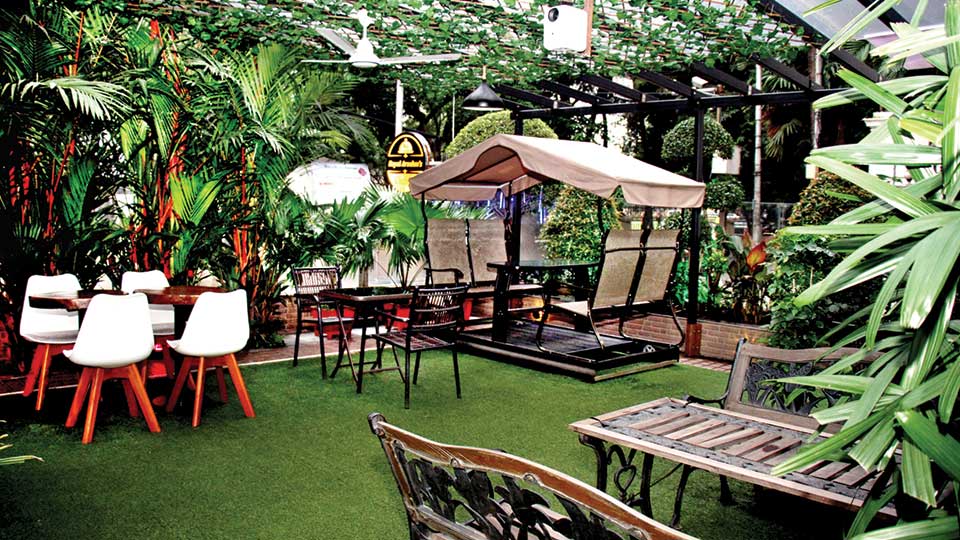
Dhaka : In Bangladesh, hospitality is not just a service-it is a deeply embedded cultural code. Guests are often treated like family, offered the best seat, the choicest meal, and a sense of warmth that goes beyond scripted greetings or five-star polish. This ethos, rooted in centuries of tradition, is now being channeled into an industry on the rise: hospitality.
As Bangladesh's economy grows and its global connections deepen, its hospitality sector is undergoing a quiet revolution-fusing age-old generosity with global standards. From bustling business hotels in Dhaka to remote eco-resorts in the Chattogram Hill Tracts, the country is building an identity as a welcoming destination for both leisure and business travelers.
Cultural roots in global industry
Ask any Bangladeshi about hospitality, and you will hear the same phrase: "Mehmaan khuda'r daan"-the guest is a gift from God. It is a sentiment that permeates all levels of society, from tea stalls in Rangpur to boutique hotels in Gulshan. This cultural foundation is giving Bangladeshi hospitality a unique advantage in a region where customer experience is increasingly a defining factor in travel.
Sector on rise
According to the Bangladesh Bureau of Statistics (BBS), the hospitality industry has seen consistent growth in the past decade, fueled by rising incomes, expanding domestic tourism, and an influx of foreign business visitors. The hospitality and tourism sector contributes around 4.4 percent to the country's GDP, a number projected to grow steadily, as per BBS.
The World Travel and Tourism Council (WTTC) has forecast that the sector could create over 2.5 million jobs by 2033, up from around 1.6 million in 2023.
Major hotel chains are paying attention. Major international hotel chains-including Marriott, Radisson Blu, InterContinental, and Westin-now operate in Dhaka, Chattogram, and Cox's Bazar. Dhaka alone has seen a 30 percent increase in hotel capacity since 2018, with new luxury and mid-range hotels entering the market.
Local players are also innovating. Nascent hotel groups are tapping into demand for mid-range accommodations that cater to both corporate travelers and the growing Bangladeshi middle class.
The growth of business travel, especially with the development of special economic zones (SEZs), is also boosting hotel occupancy rates-reportedly averaging 65-70 percent in premium hotels in 2023, a record high.
Eco-tourism, experience-based Travel

Eye-catching eco-resorts sprouting in scenic destinations across the country
Eye-catching eco-resorts sprouting in scenic destinations across the country
Beyond urban centers, Bangladesh is building a new tourism narrative rooted in nature and community. The Bangladesh Tourism Board reports a 25 percent annual growth in eco-tourism since 2019, with notable activity in the Sundarbans, Bandarban, and Sylhet.
In the hills of Bandarban, visitors can stay at eco-lodges run in partnership with indigenous communities. In the tea estates of Srimangal, boutique resorts are offering immersive experiences: tea-tasting tours, forest treks, and local cooking classes.
Community-based tourism projects have received support from both local governments and international partners. The Asian Development Bank has funded several sustainable tourism infrastructure projects, including eco-lodges and training programs for rural hosts. As of 2023, more than 400 community tourism enterprises are active across the country, many focused on cultural preservation and environmental education.
Challenges behind warm welcome
Despite its momentum, the industry faces significant hurdles. According to a recent study by PATA Bangladesh, only 23 percent of workers in the hospitality sector have formal training. Poor infrastructure remains a concern: only 50 percent of tourist destinations have proper access roads, and less than 40 percent offer reliable internet or mobile connectivity-a critical need in the age of digital tourism.
Environmental concerns are mounting. Cox's Bazar sees over 3 million visitors annually, and unregulated hotel development has led to coastal degradation and waste management problems.
In response, the Ministry of Civil Aviation and Tourism has proposed a new Tourism Master Plan (under review) aimed at balancing development with sustainability.
Another major challenge is perception. Despite dramatic improvements in safety, cleanliness, and accessibility, Bangladesh still lags behind neighbors like India and Sri Lanka in tourist arrivals. Marketing and international visibility remain weak points.
Road ahead: training, tech, trust
To bridge the skill gap, institutions like the Bangladesh Parjatan Corporation and private initiatives such as BRAC's hospitality training programs are stepping in. However, the sector needs over 500,000 new skilled workers by 2030 to meet projected demand, according to a 2023 IFC report.
Digital innovation is reshaping travel in Bangladesh. ShareTrip, the country's leading travel-tech platform, reported over 1 million app downloads and a 300 percent growth in domestic bookings from 2020 to 2023. Local startups are also exploring virtual tour guides, AI-powered booking tools, and social media-driven travel marketing. Social media influencers and vloggers are putting lesser-known destinations like Kuakata and Sajek Valley on the map.
There is also a growing belief that Bangladesh can carve out its own niche-not by mimicking Bali or Bangkok, but by emphasizing what makes it different: heartfelt service, lush and diverse landscapes, and a deep cultural heritage.












